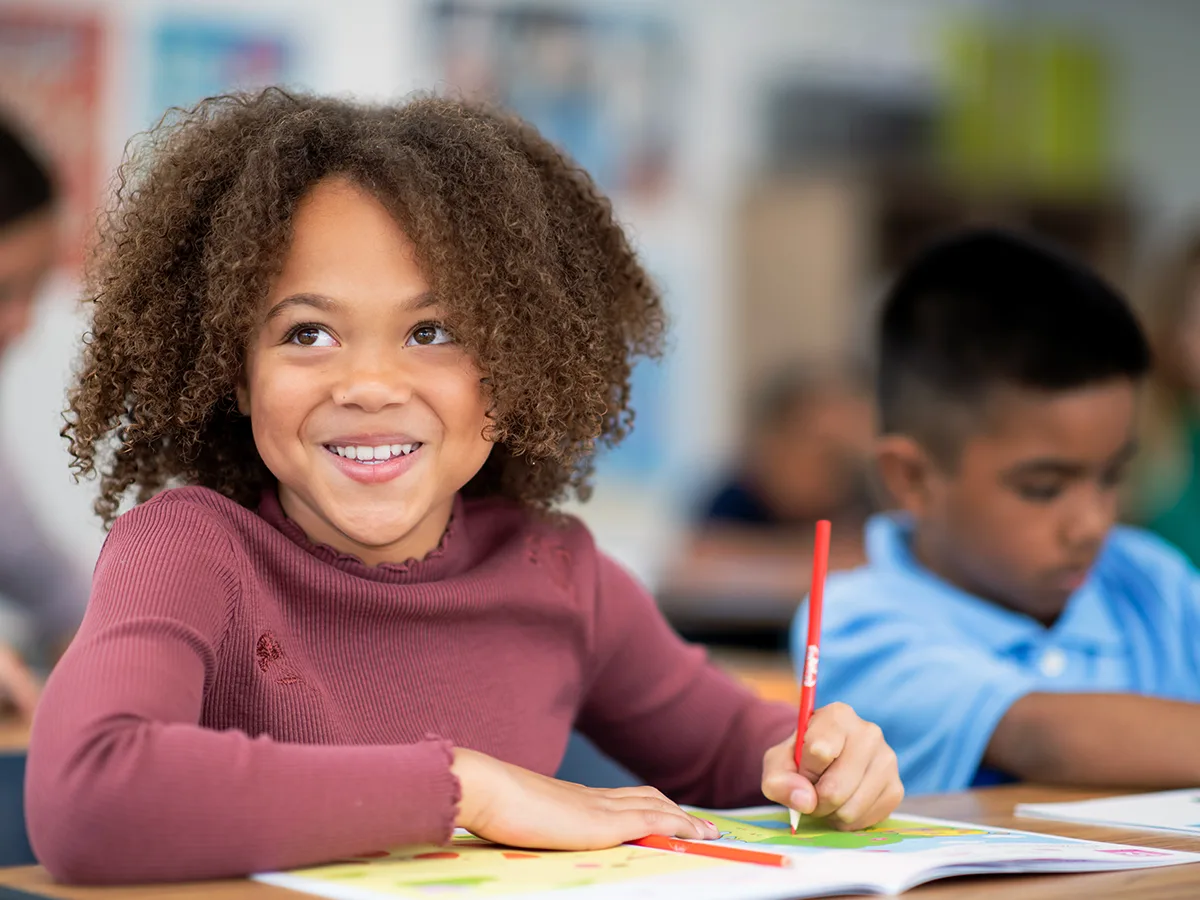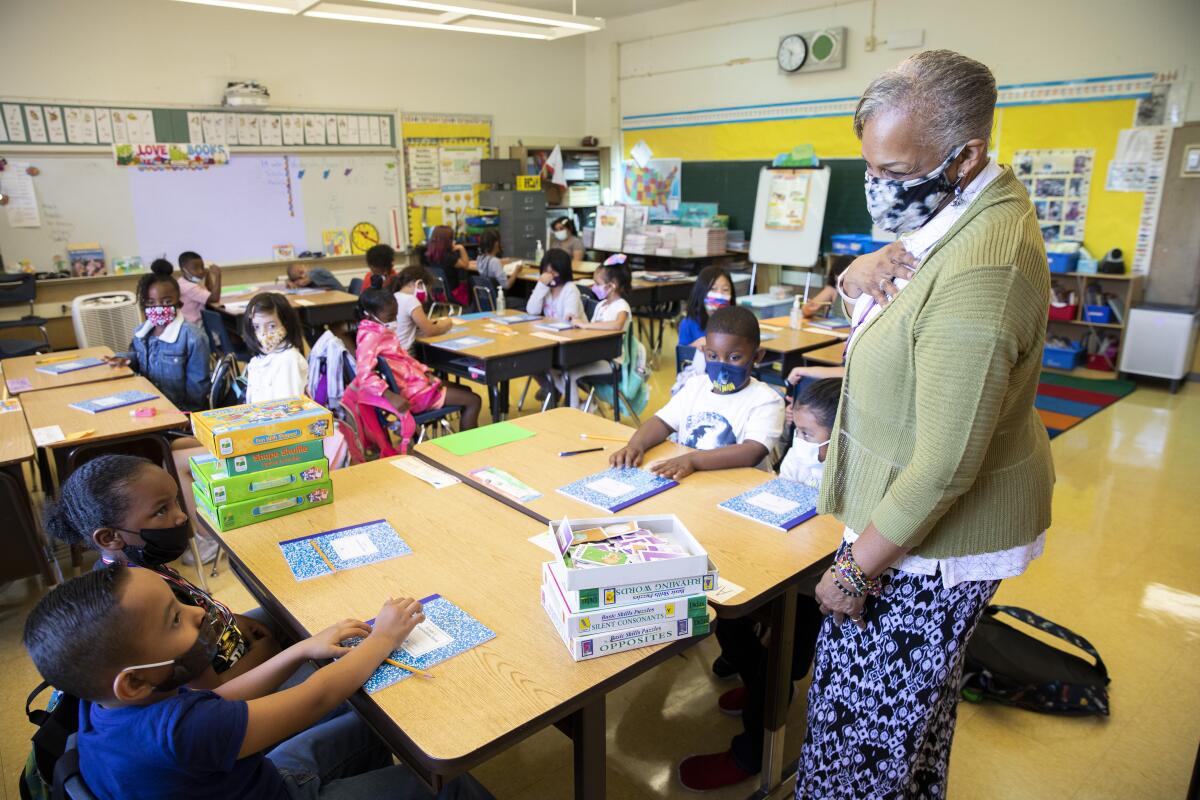Exactly How You Can Help Save Temecula Schools for Future Generations
Exactly How You Can Help Save Temecula Schools for Future Generations
Blog Article
The Influence of College Environments on Academic Success and Personal Well-Being
The design of instructional spaces, including all-natural lights and ergonomic furniture, can boost students' concentration and convenience. Just how can schools tactically boost these aspects to better sustain their students?
Physical Layout and Design
How does the physical layout and design of an institution influence scholastic success? The plan and aesthetic of an institution atmosphere can considerably influence pupils' knowing outcomes. A well-designed school format advertises ease of activity, reduces interruptions, and promotes a sense of safety and belonging. For circumstances, broad hallways and plainly significant locations facilitate smooth shifts in between courses, lessening lateness and interruption. Additionally, strategically positioned typical areas motivate social interactions, which are important for emotional and social advancement.
All-natural lights and efficient air flow systems are crucial in improving cognitive feature and minimizing absenteeism. Studies have actually revealed that classrooms with sufficient all-natural light improve pupil focus and decrease sensations of drowsiness. Ergonomic furnishings customized to students' demands can avoid physical discomfort, permitting for prolonged focus and involvement in academic tasks.
Access to exterior spaces and aesthetically pleasing surroundings additionally play a crucial duty - Save Temecula Schools. Green rooms and well-kept school grounds provide opportunities for exercise and psychological relaxation, both of which are very important for keeping high levels of scholastic efficiency. Essentially, a thoughtfully created physical setting can act as a catalyst for academic quality, promoting an environment that supports both teaching and knowing
Classroom Ambience
A positive classroom ambience is basic to achieving academic success. An atmosphere that promotes a feeling of safety and security, inclusivity, and shared regard encourages students to engage even more actively in their understanding processes. The ambiance of a class, including aspects such as lighting, sound degrees, and seating setups, can significantly affect trainee focus and inspiration. A well-ventilated, well-lit classroom with minimal disturbances can enhance cognitive feature and lower tension, therefore advertising far better academic outcomes.
Additionally, the classroom atmosphere need to sustain a culture of cooperation and open interaction. When trainees really feel comfortable expressing their concepts and asking questions, they are extra most likely to engage deeply with the material and develop important thinking skills - Save Temecula Schools. Peer communications and team activities can enhance discovering by giving varied perspectives and cultivating team effort
Moreover, developing clear assumptions and constant regimens can develop a structured setting that allows students to concentrate on their researches. By lessening unpredictability and supplying a predictable structure, students can better handle their time and duties. Eventually, a favorable class environment not just improves scholastic performance but also adds to the total health of students, preparing them for future educational and find individual endeavors.
Teacher-Student Relationships
Structure on the relevance of a positive class environment, the connections in between teachers and trainees play an essential duty fit scholastic success. A healthy teacher-student partnership promotes a finding out atmosphere where trainees really feel valued, comprehended, and supported, which dramatically improves their motivation and interaction. When students perceive their instructors as approachable and empathetic, they are more most likely to participate proactively in course and seek assistance when needed, adding to a deeper understanding of the topic.

Efficient communication is key to supporting these partnerships. Educators that use open, respectful, and regular interaction develop a structure of trust. This count on enables trainees to reveal their ideas and worries easily, cultivating a collaborative knowing atmosphere. Fundamentally, strong teacher-student partnerships are a cornerstone of instructional success, playing an essential function in both scholastic success and personal development.
Peer Interactions
Peer interactions significantly affect academic success by forming a this article student's social and cognitive growth. Positive peer interactions can improve a trainee's inspiration and involvement in academic tasks through collaborative understanding and common assistance.

Reliable peer communications likewise add to the advancement of vital life skills, such as communication, participation, and conflict resolution. These social competencies are crucial for both scholastic success and individual health, underscoring the importance of promoting positive peer characteristics within the college atmosphere.
After-school Activities
Engaging in extracurricular tasks plays a critical function in a trainee's scholastic success and individual development. Research study constantly shows that students who take part in extracurricular tasks tend to achieve higher scholastic performance.
Furthermore, extracurricular involvement fosters a feeling of belonging and neighborhood, which is necessary for personal well-being. Participating in group activities permits students to construct and enhance social networks, boosting their social and emotional intelligence. These interactions are important for developing social skills that are helpful in both academic and future specialist environments.
Additionally, after-school activities give a useful electrical outlet for trainees to explore their passions and interests beyond the standard educational program. This exploration can bring about the discovery of new talents and possible profession courses, better encouraging students to engage more deeply in their scholastic job. Finally, the duty of extracurricular activities extends beyond mere recreation; they are integral to cultivating a holistic educational experience that promotes both academic success and personal development.
Final Thought
In amount, the influence of institution atmospheres on both scholastic success and personal health is extensive. Attentively made physical designs and classrooms, along with positive teacher-student relationships and positive peer interactions, considerably improve student inspiration and involvement. The visibility of encouraging educators can mitigate stress and anxiety, cultivating a supporting environment helpful to all natural development. These components jointly highlight the value of creating and maintaining optimal school atmospheres for the benefit of trainees' scholastic and individual growth.
Eventually, a positive class environment not just enhances scholastic performance but additionally contributes to the overall health of trainees, preparing them for future academic and individual undertakings.

Report this page